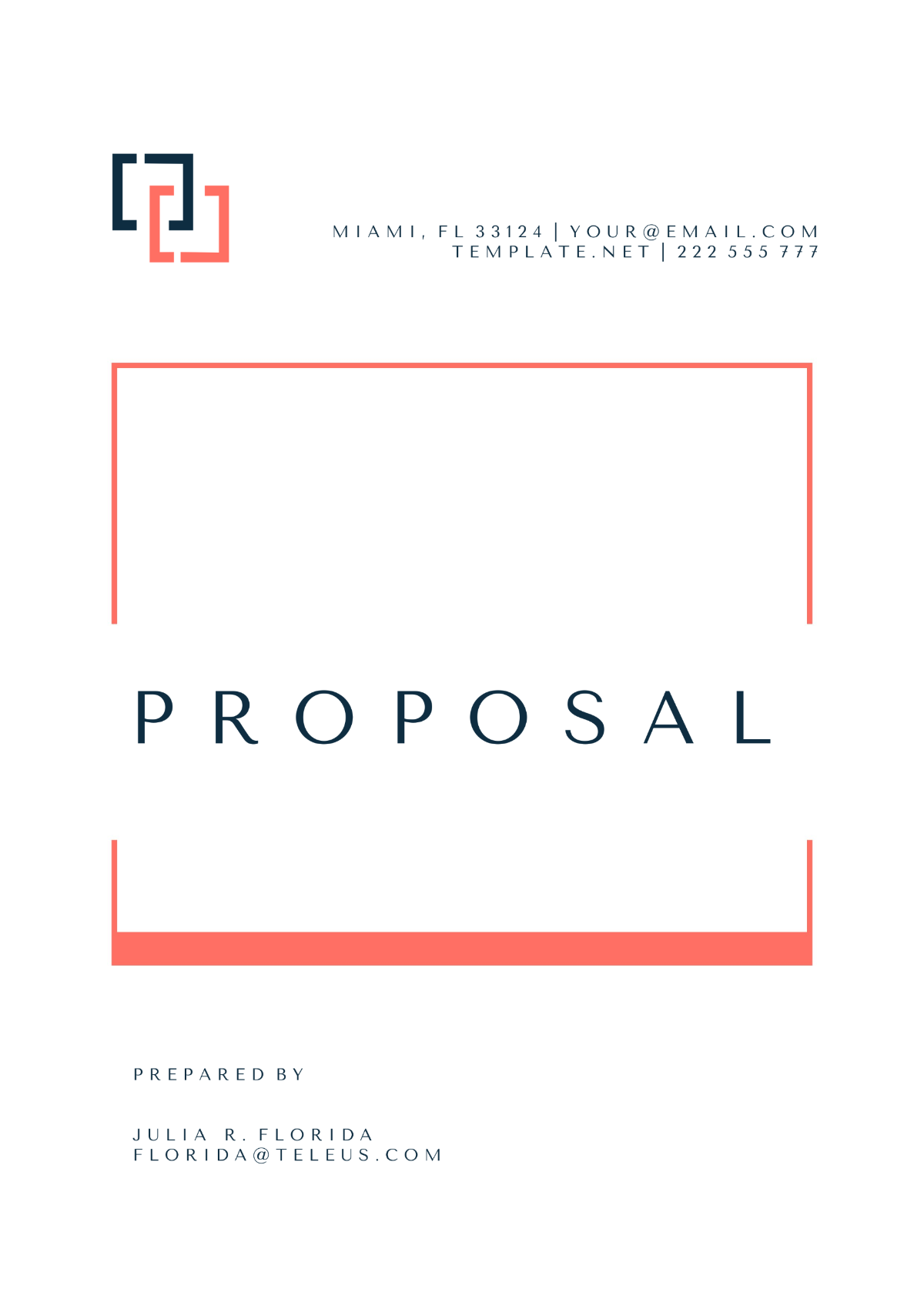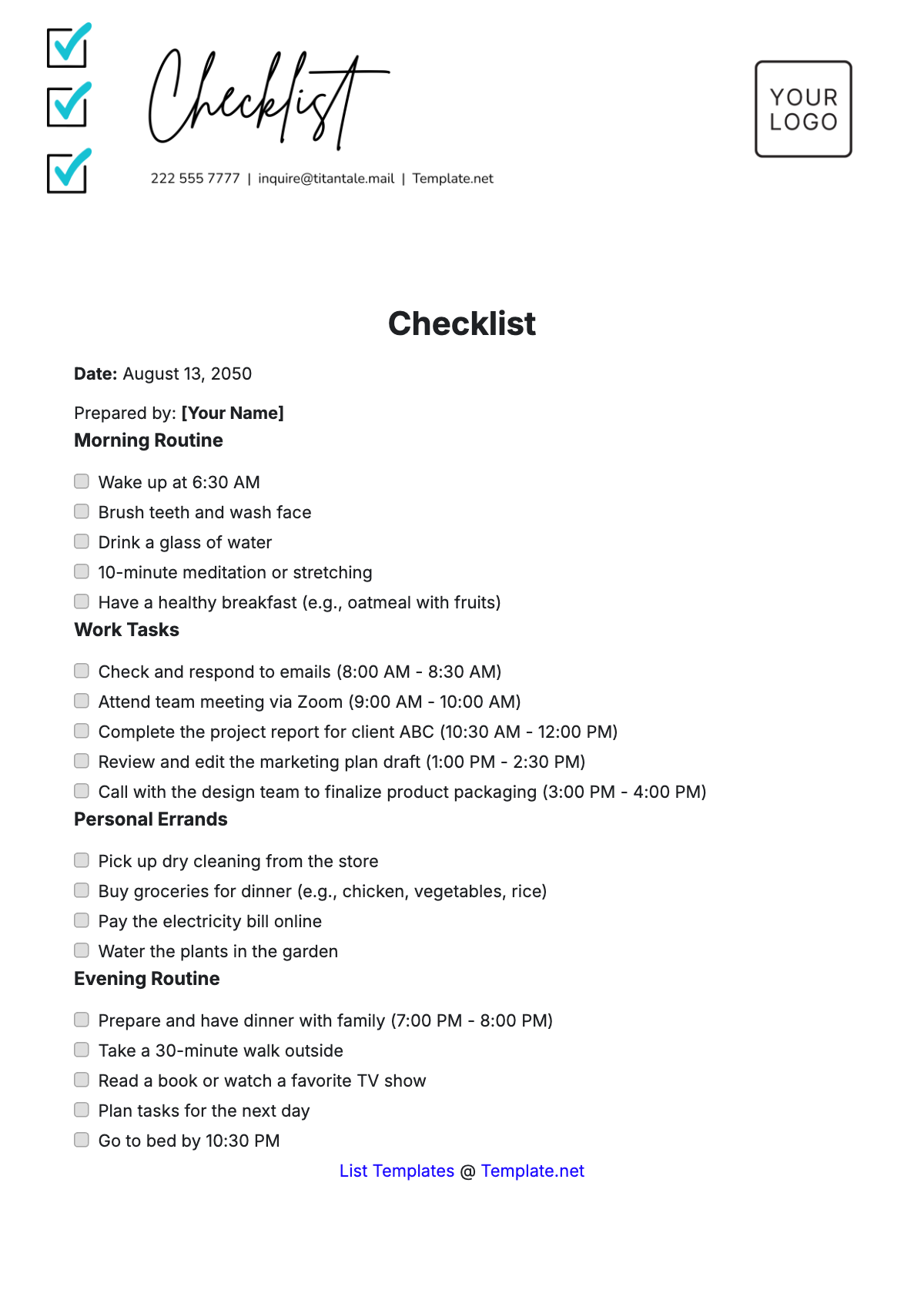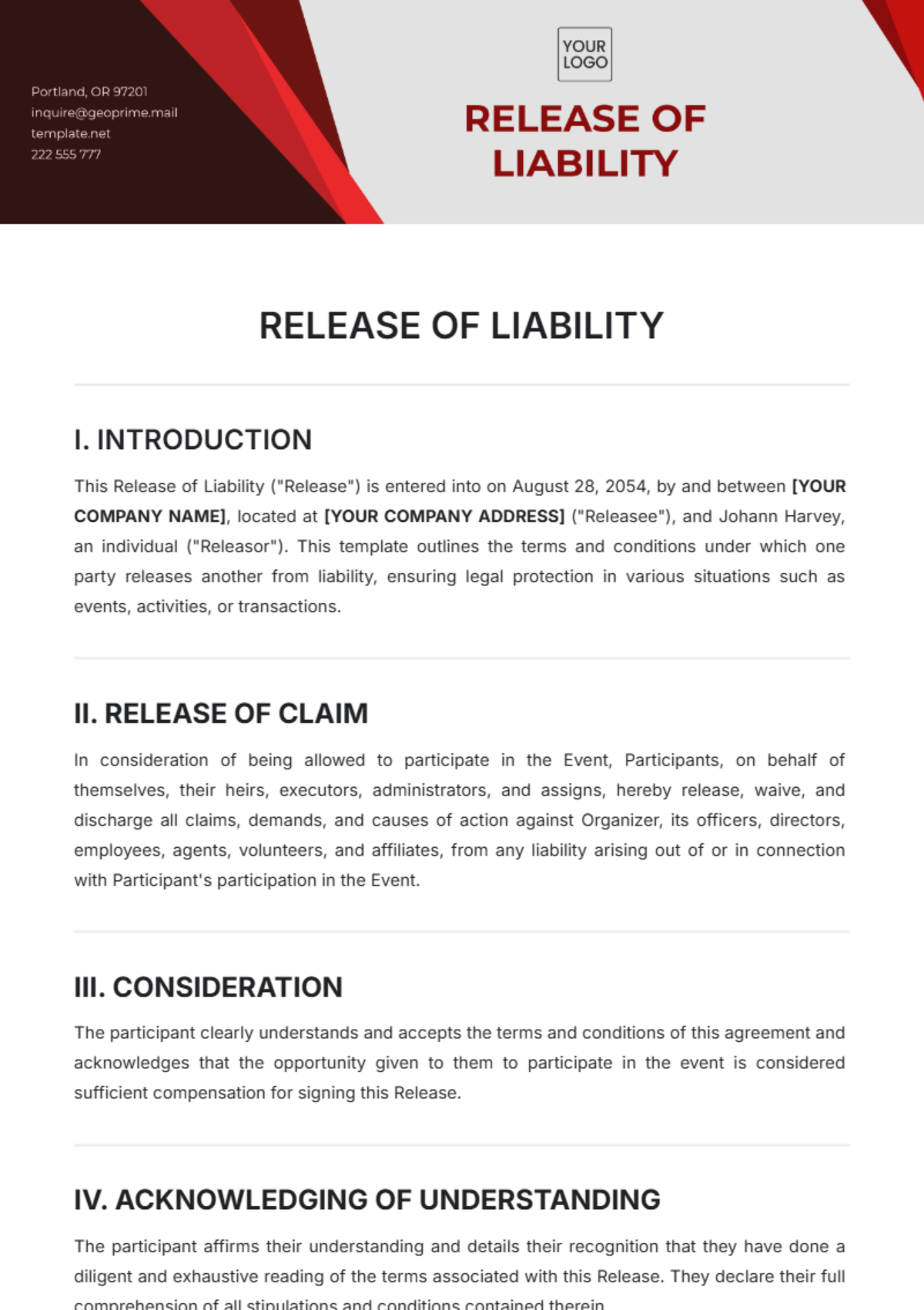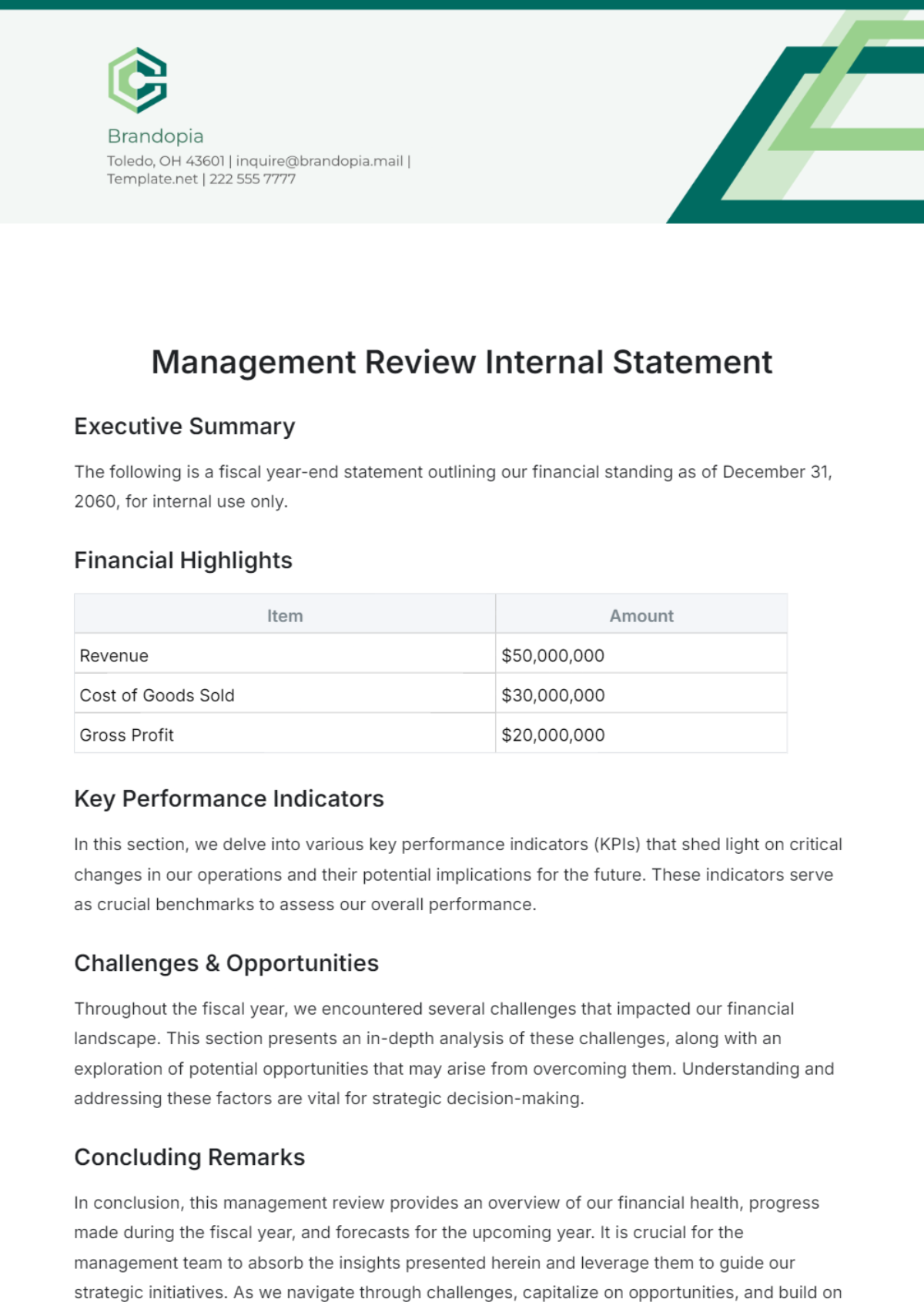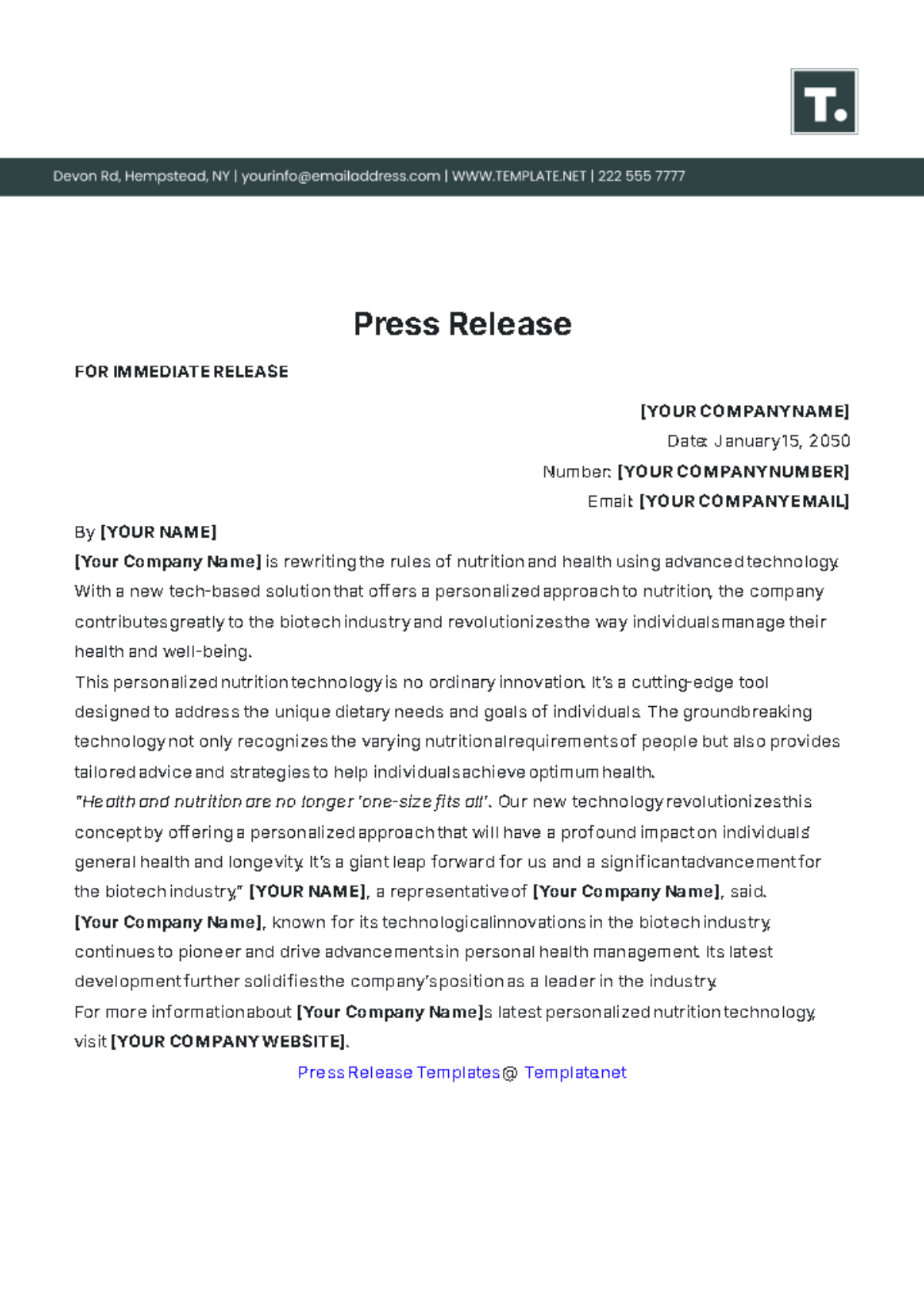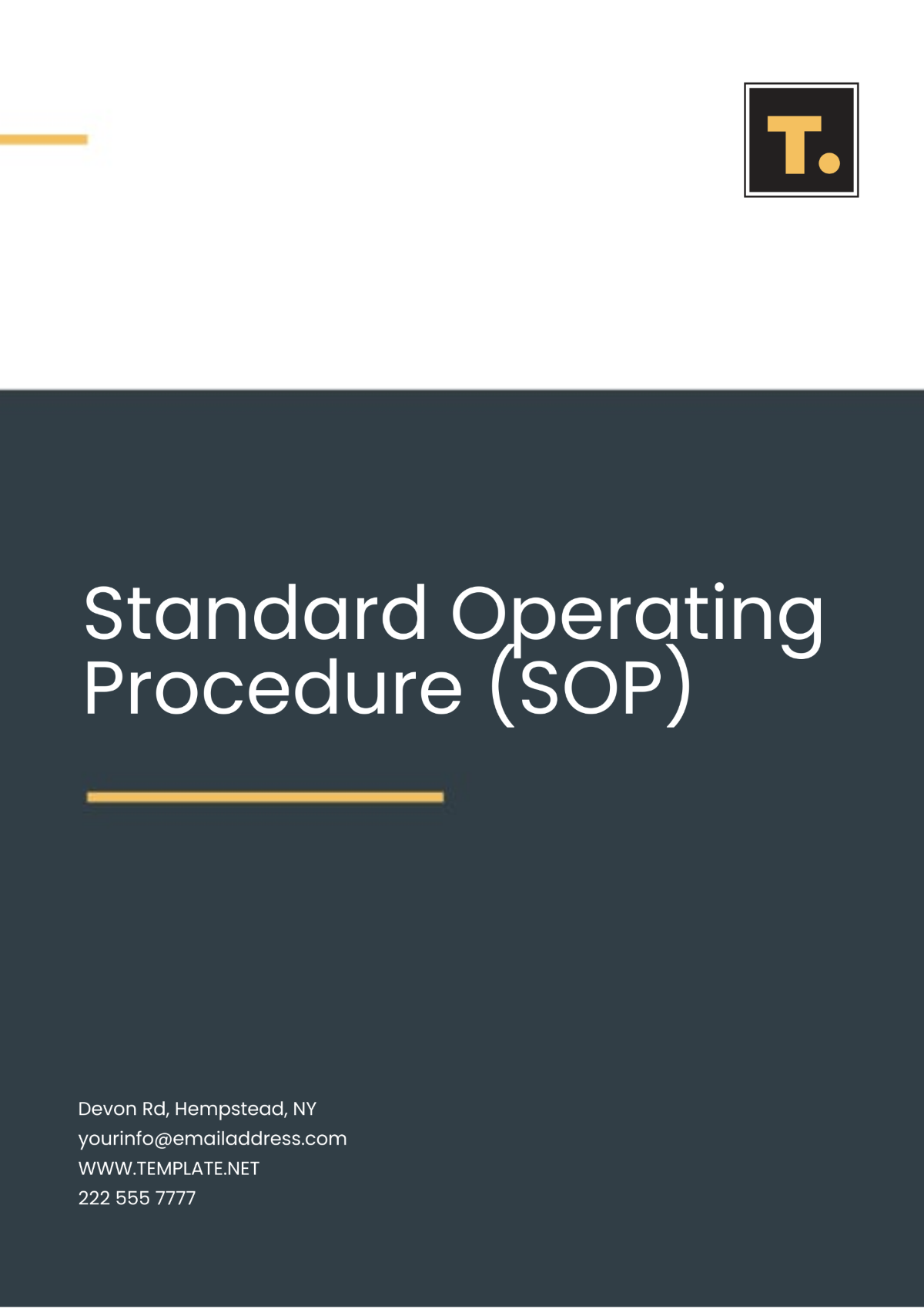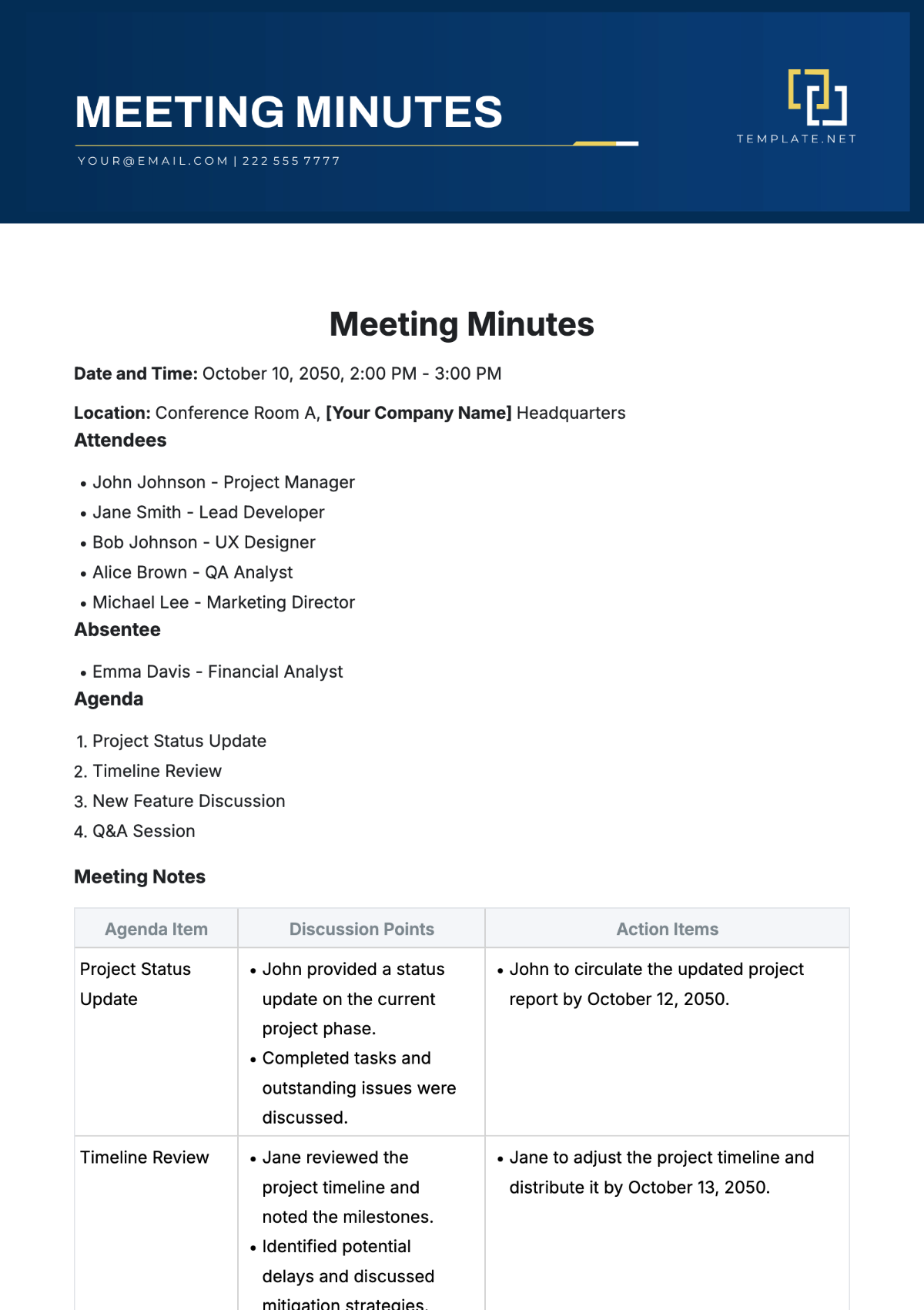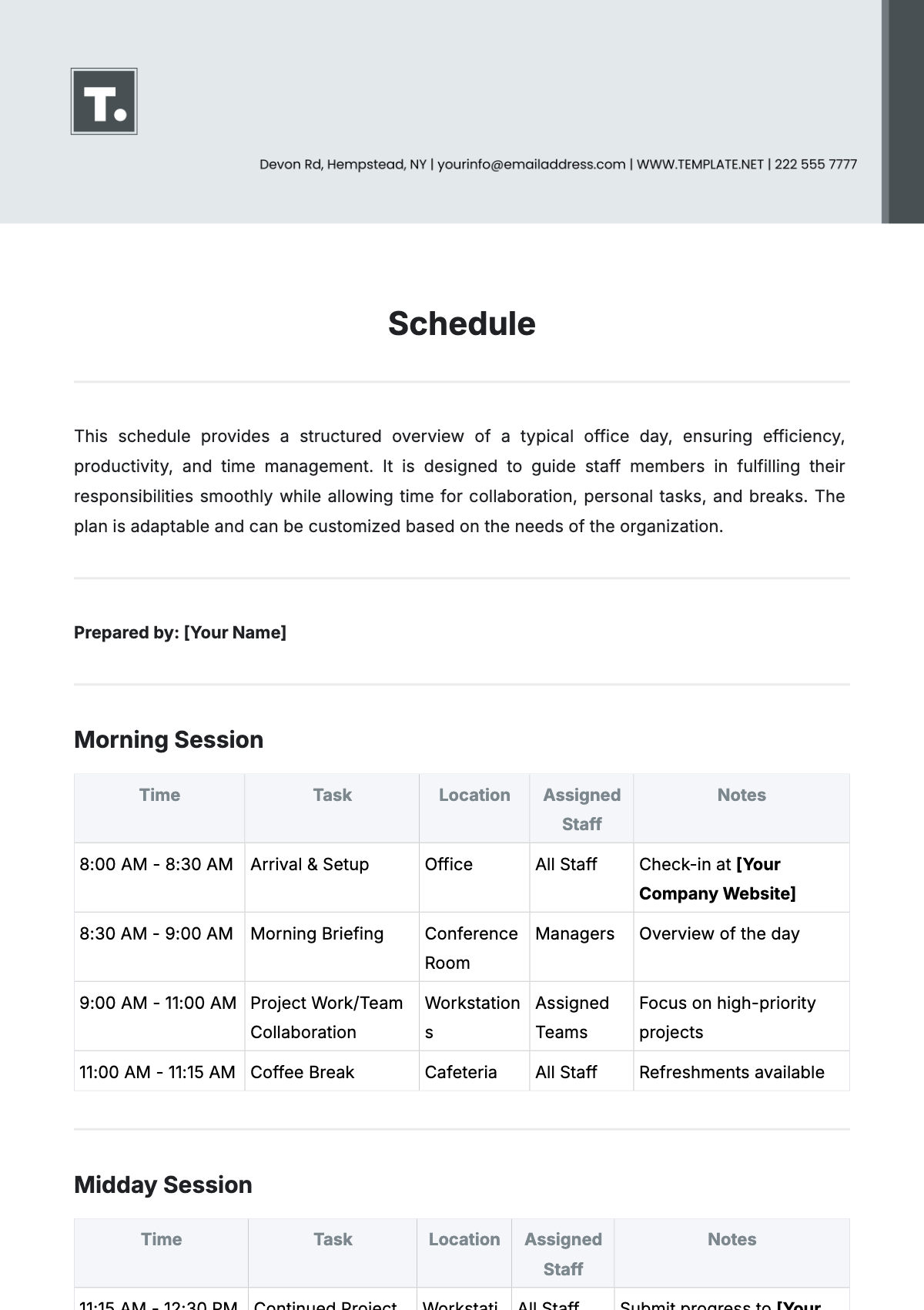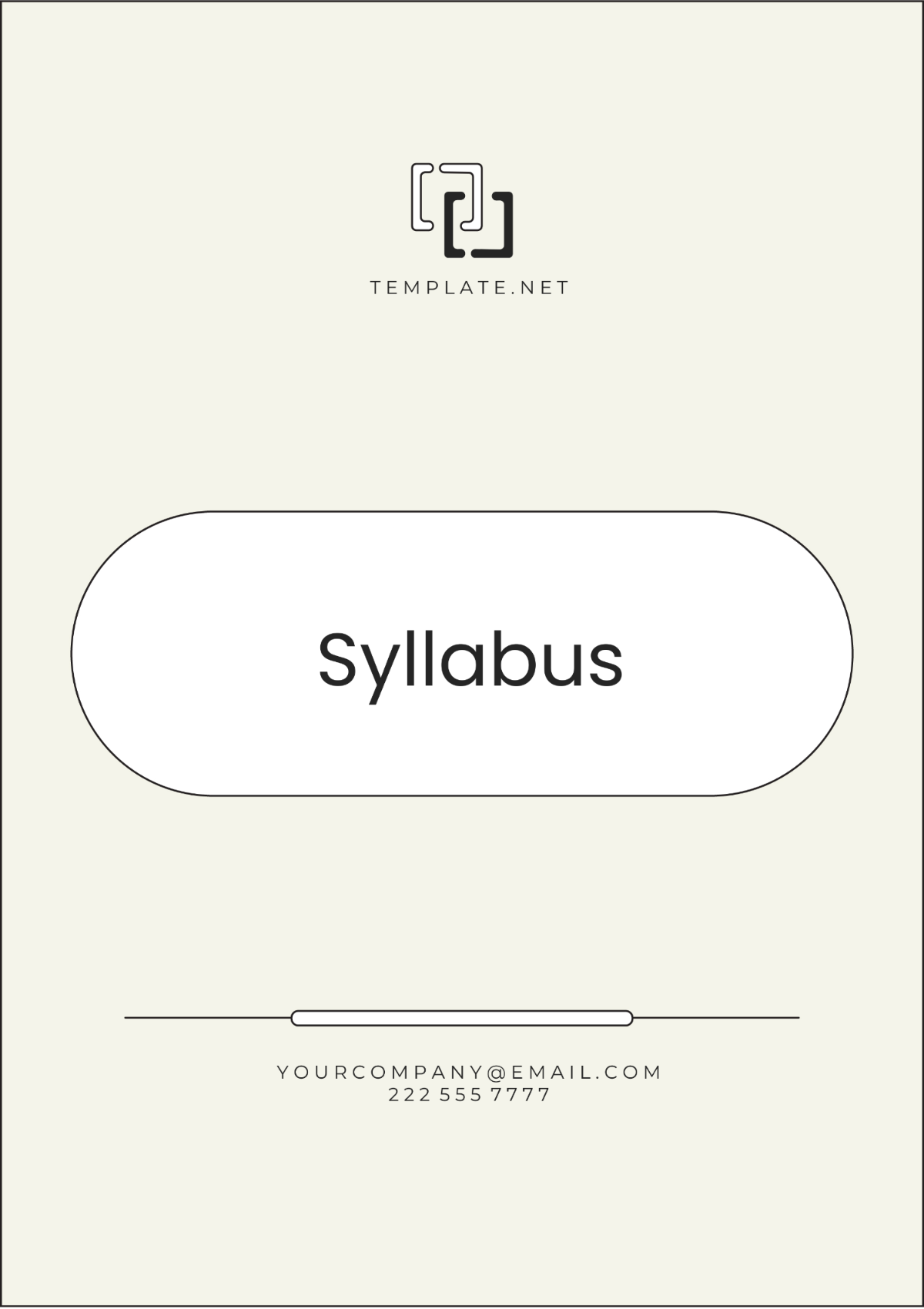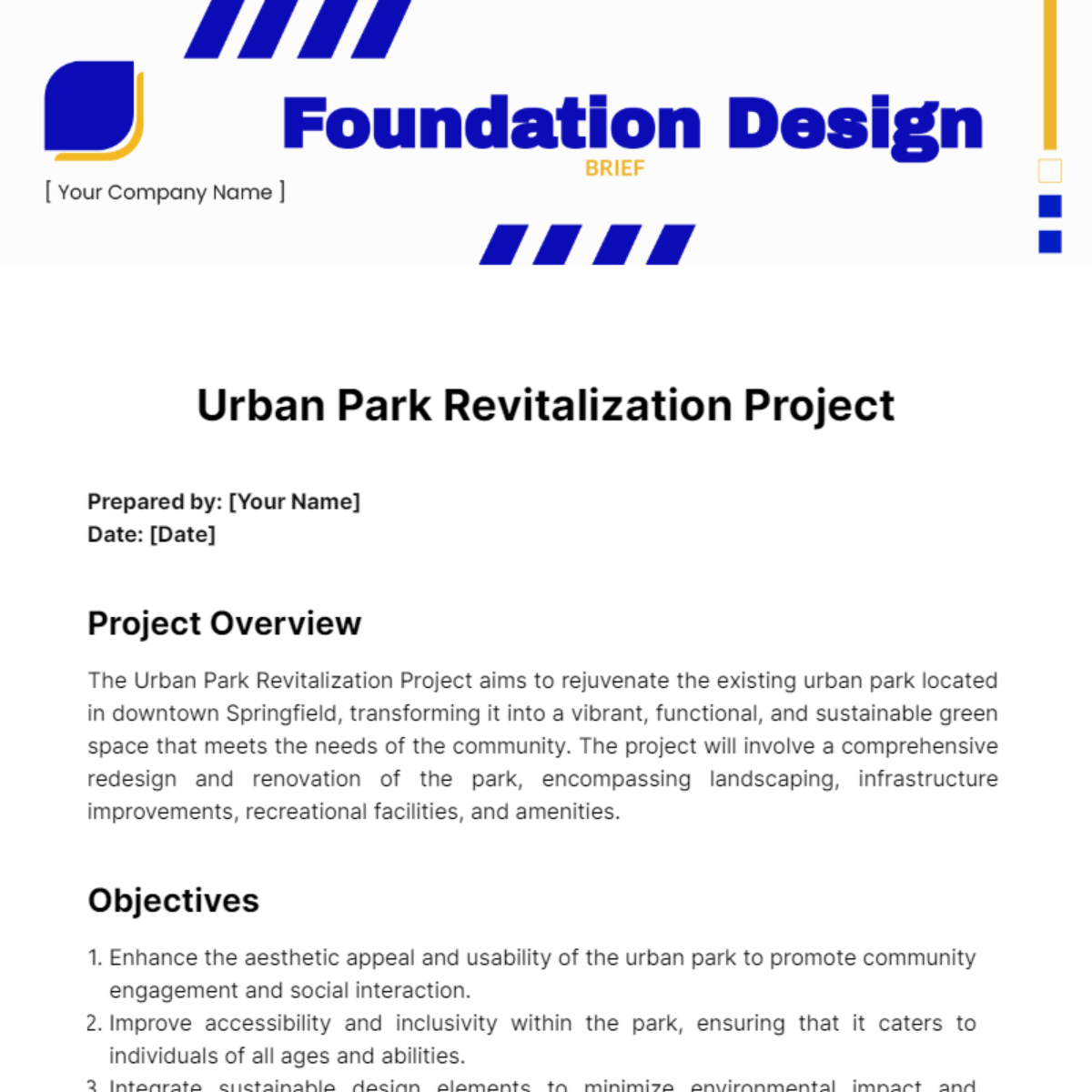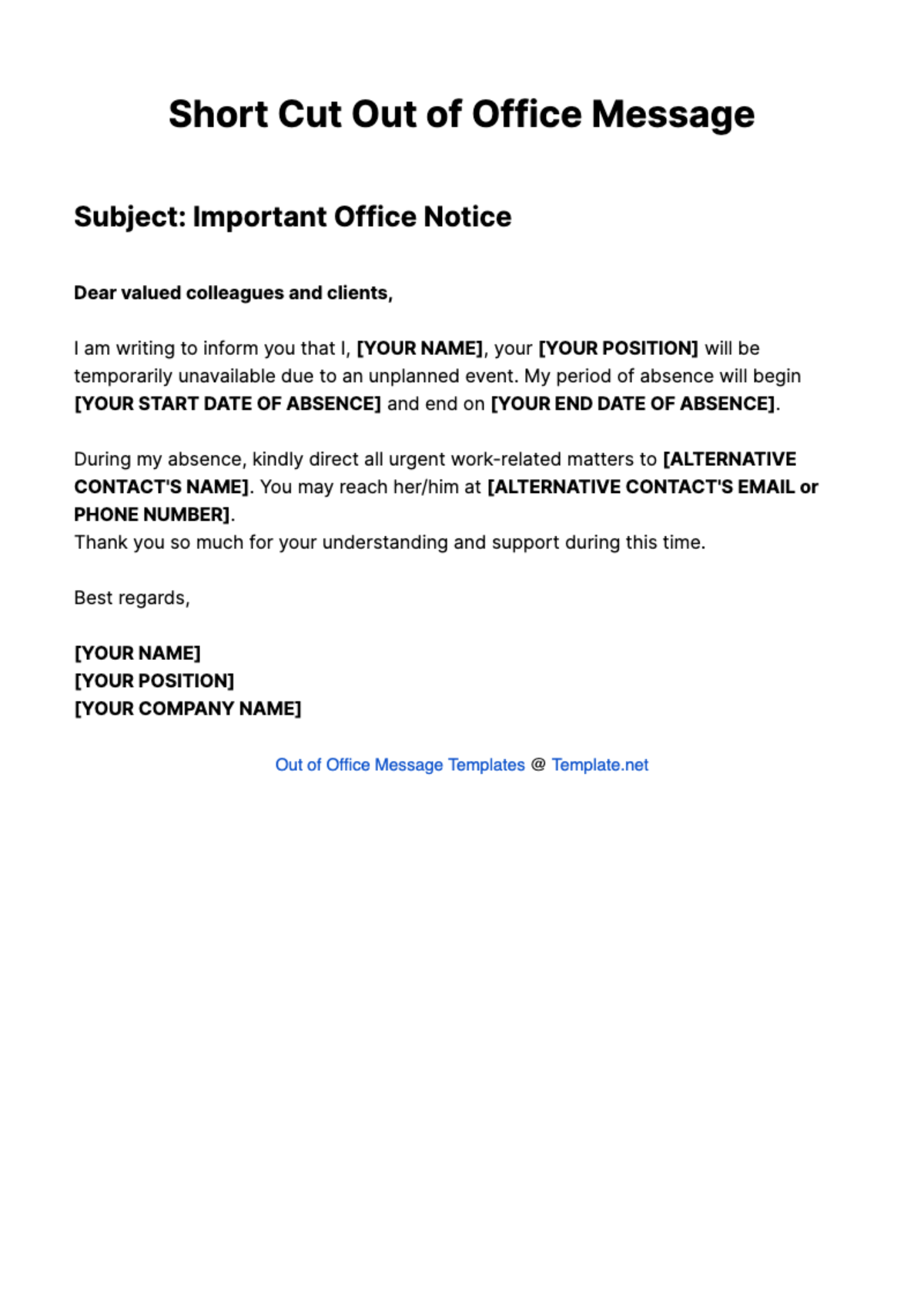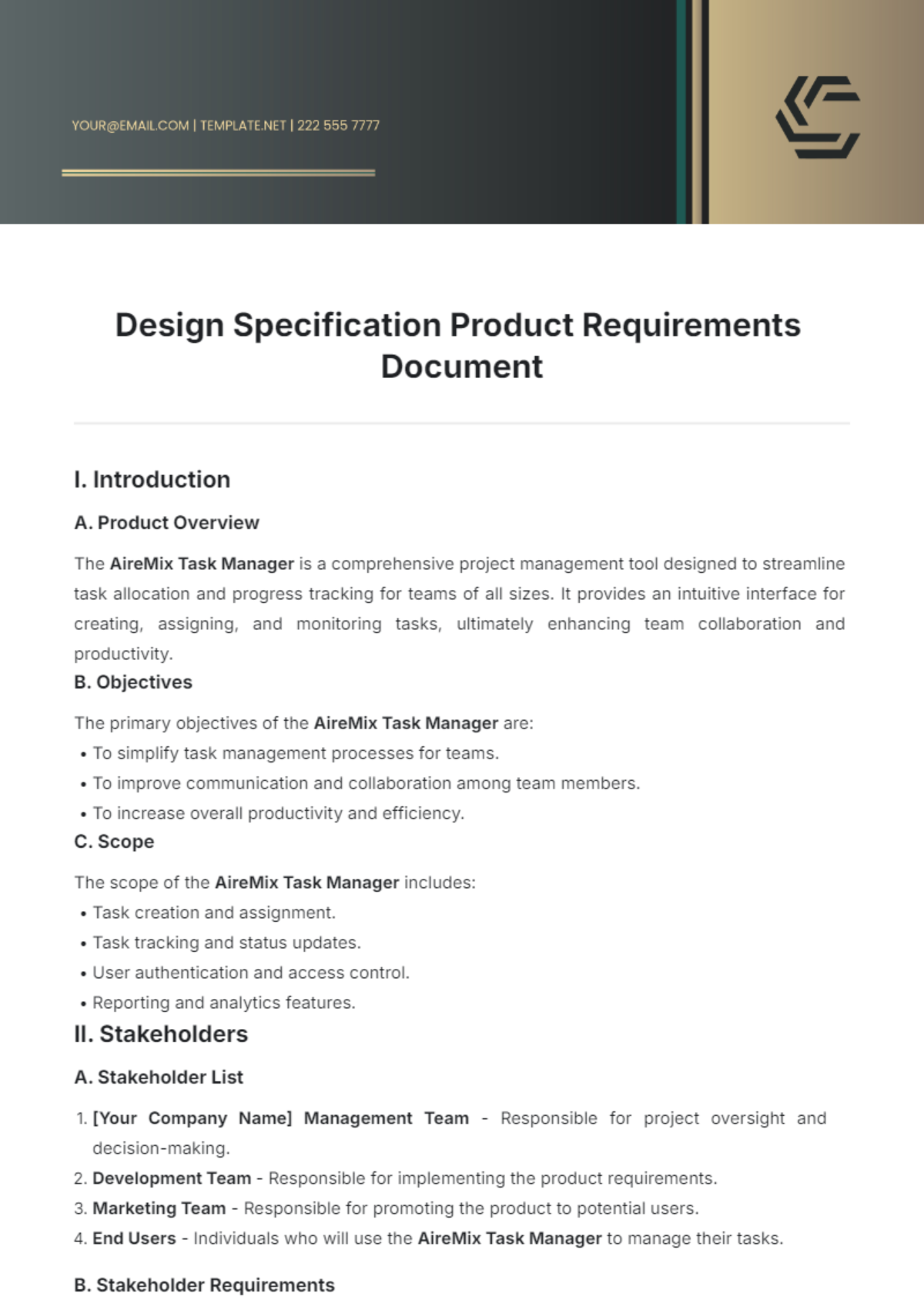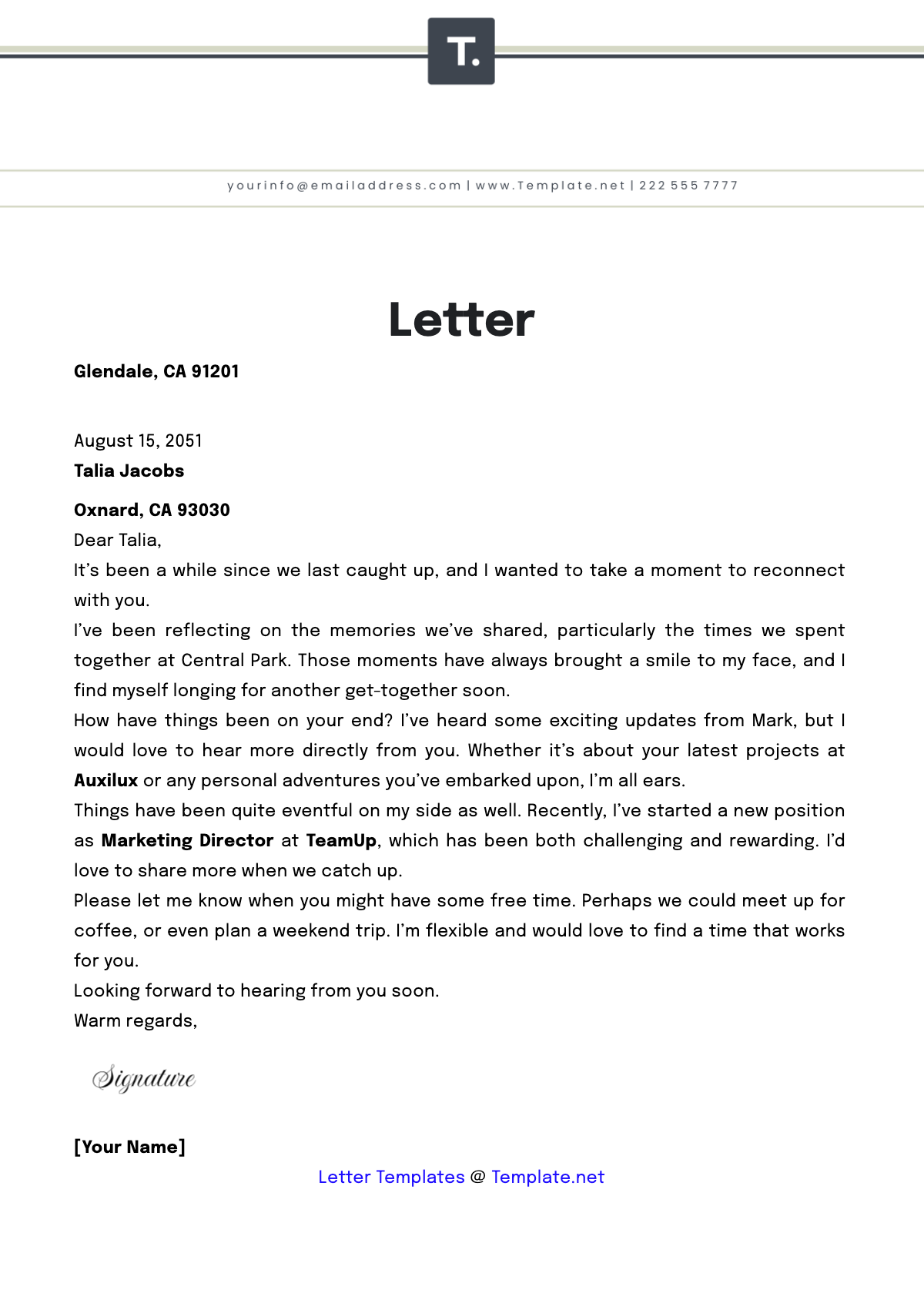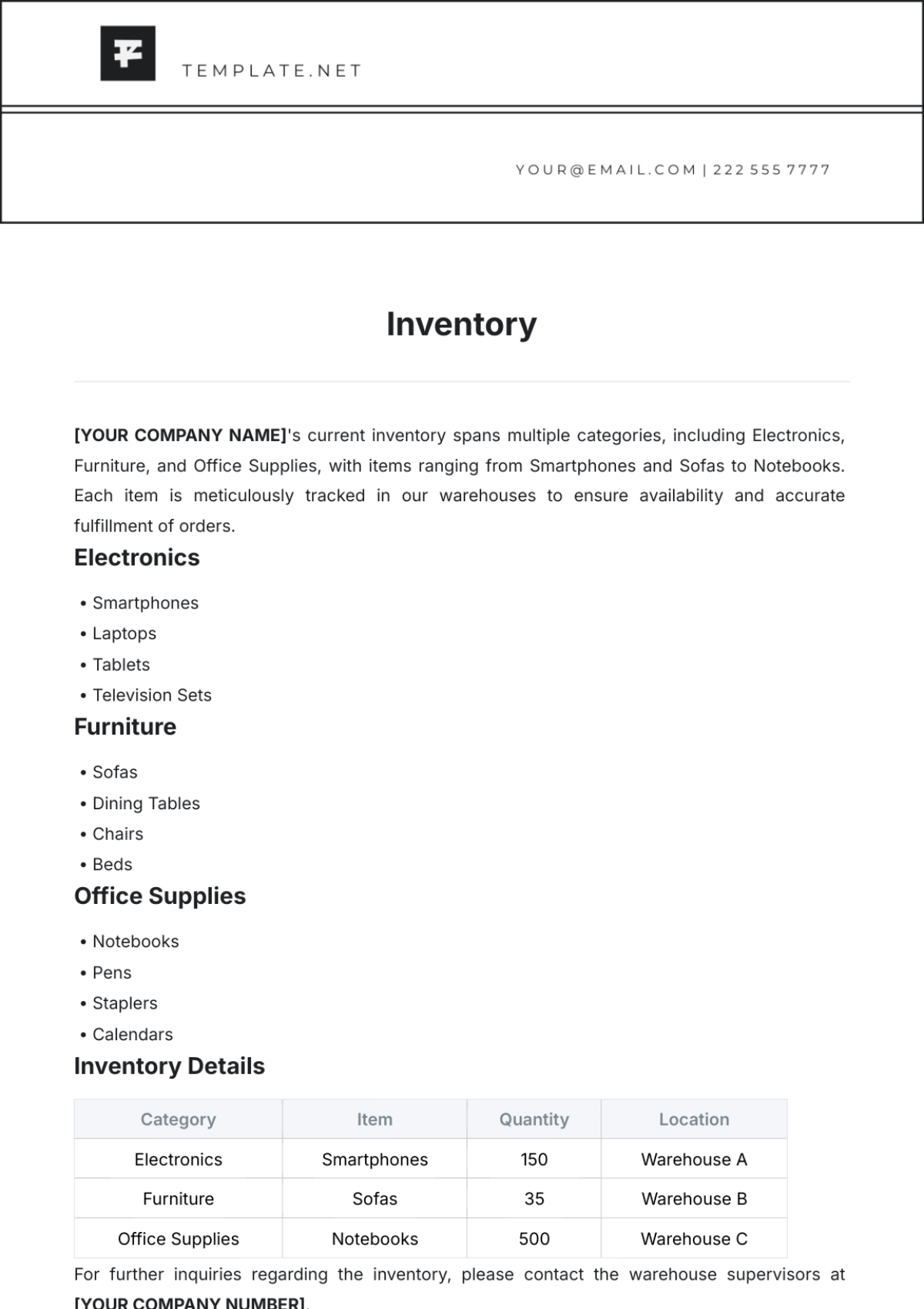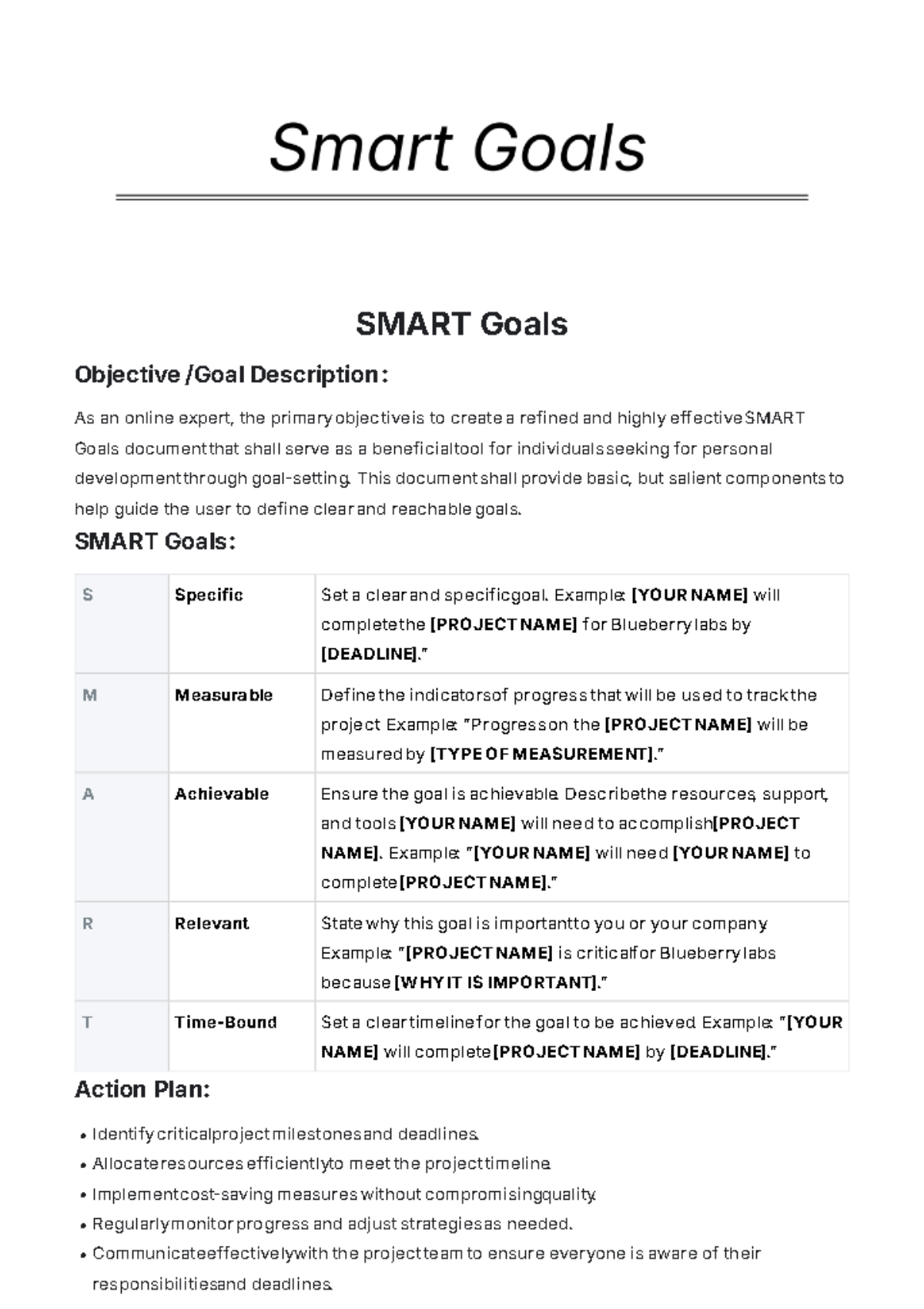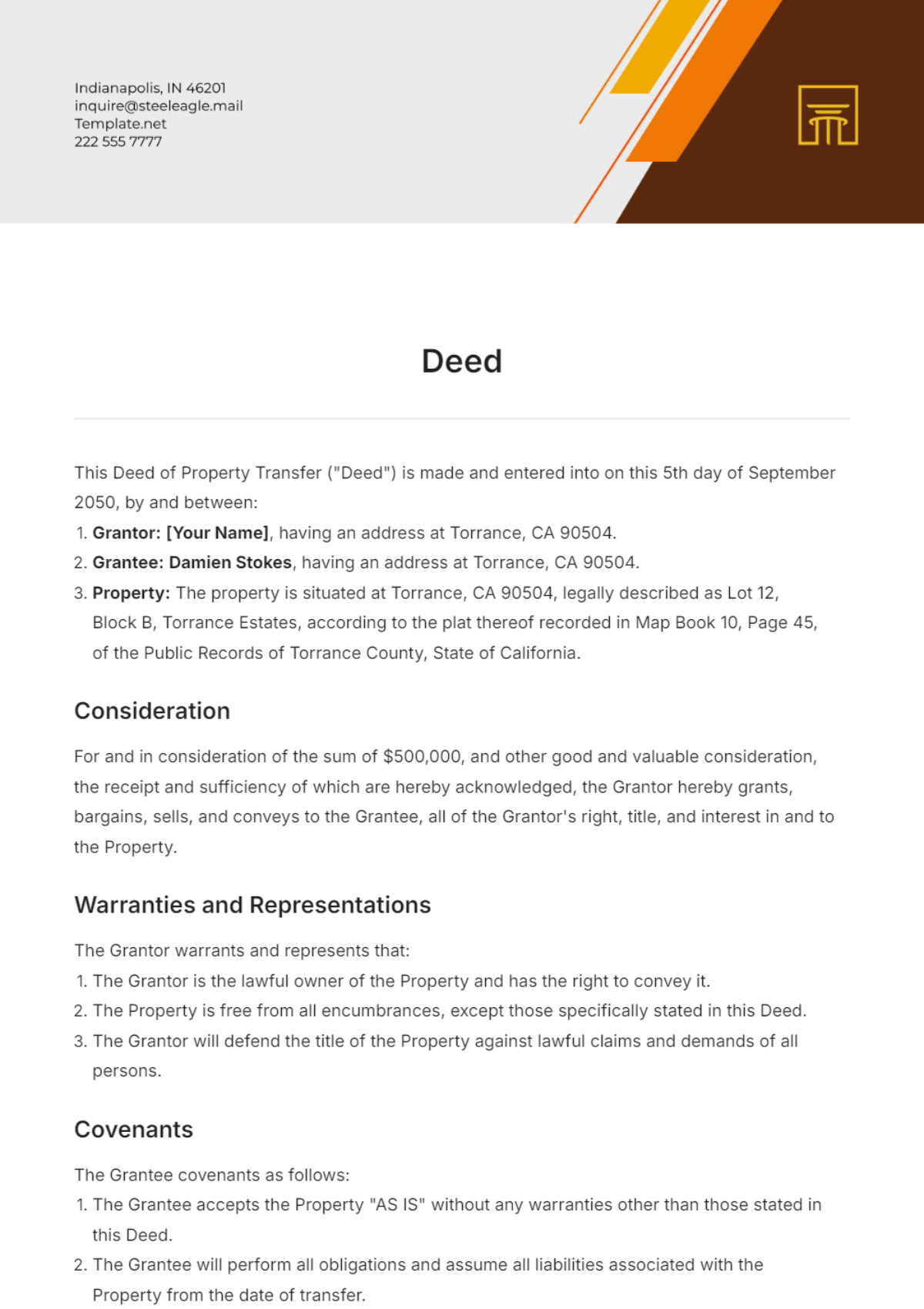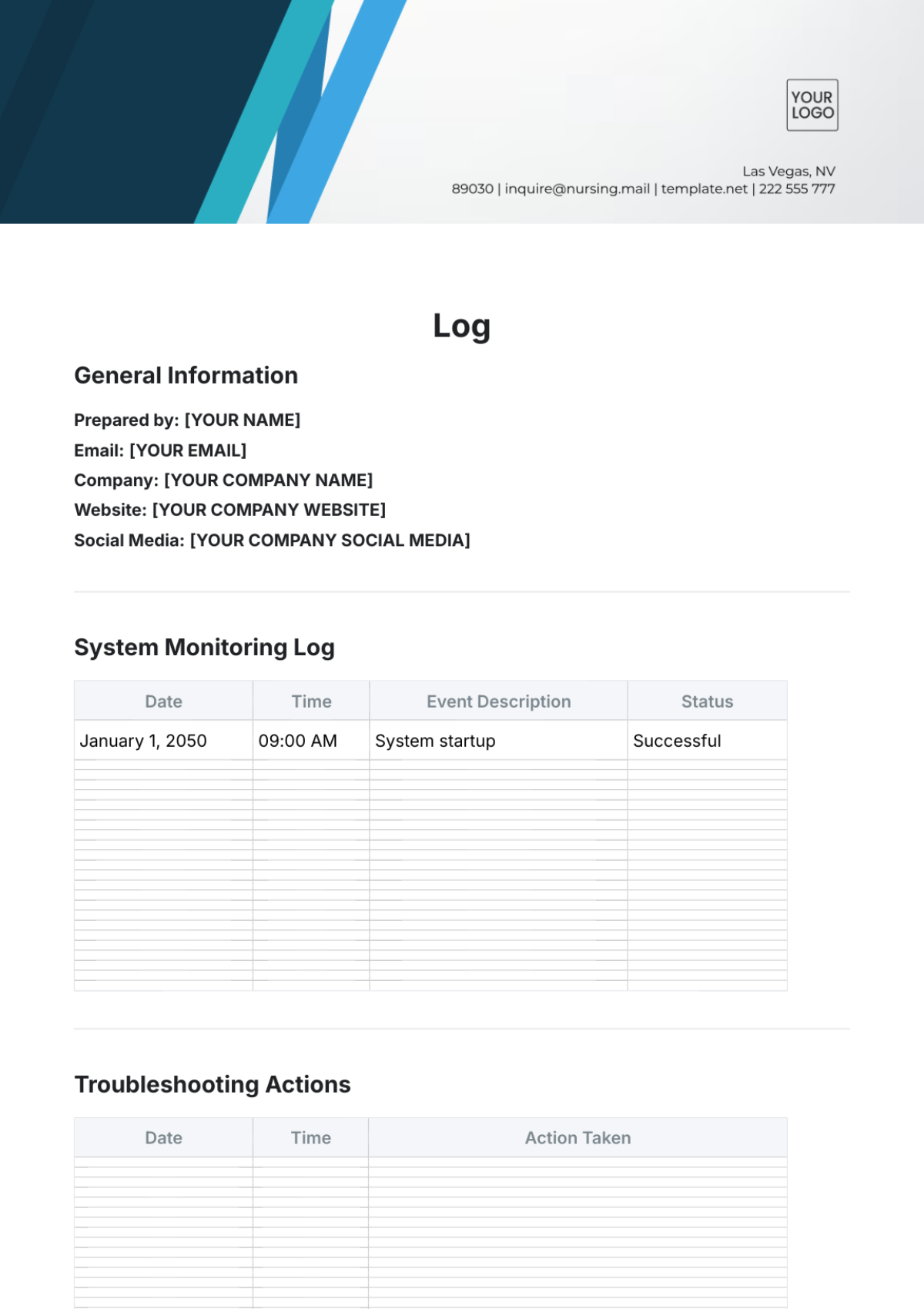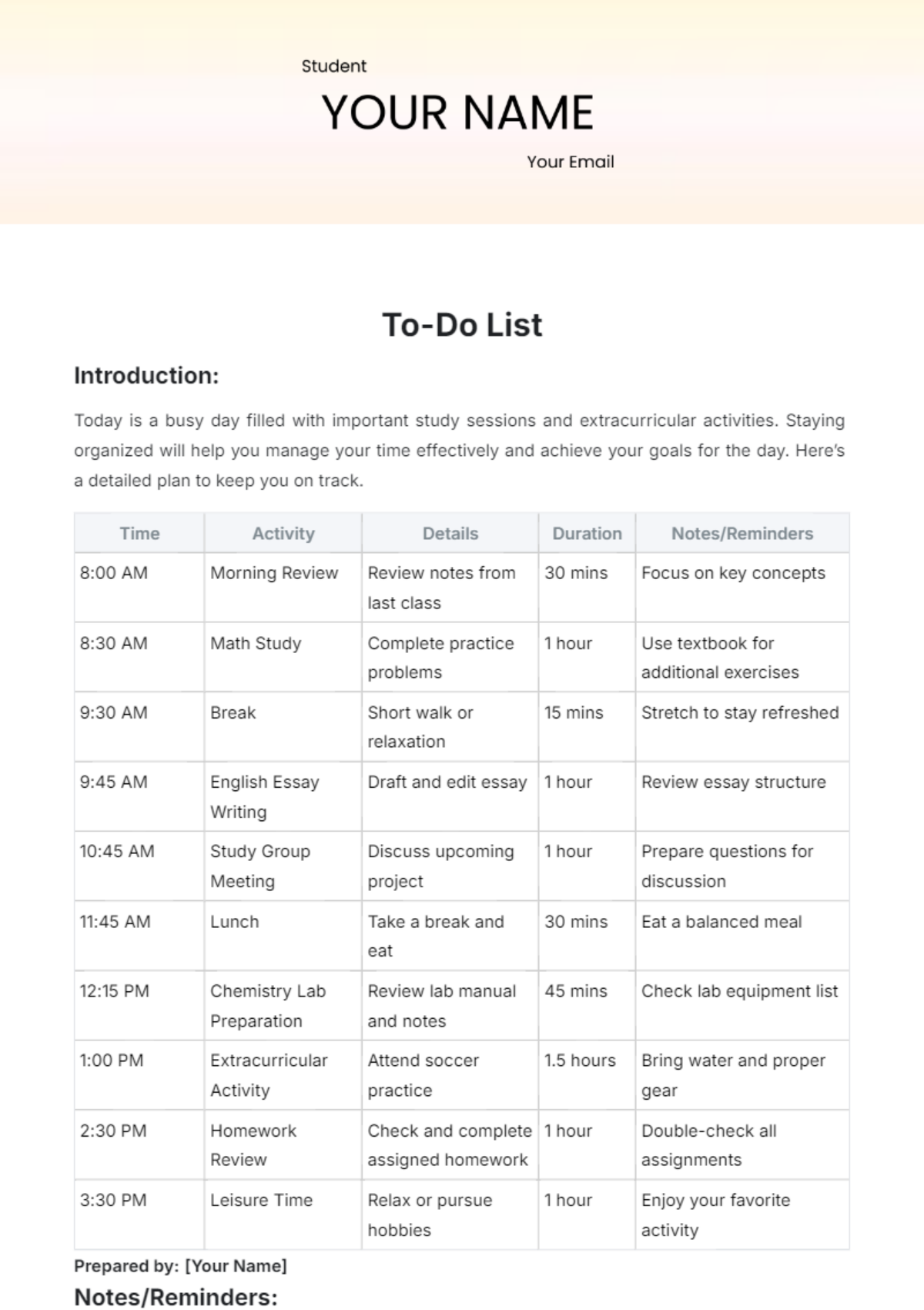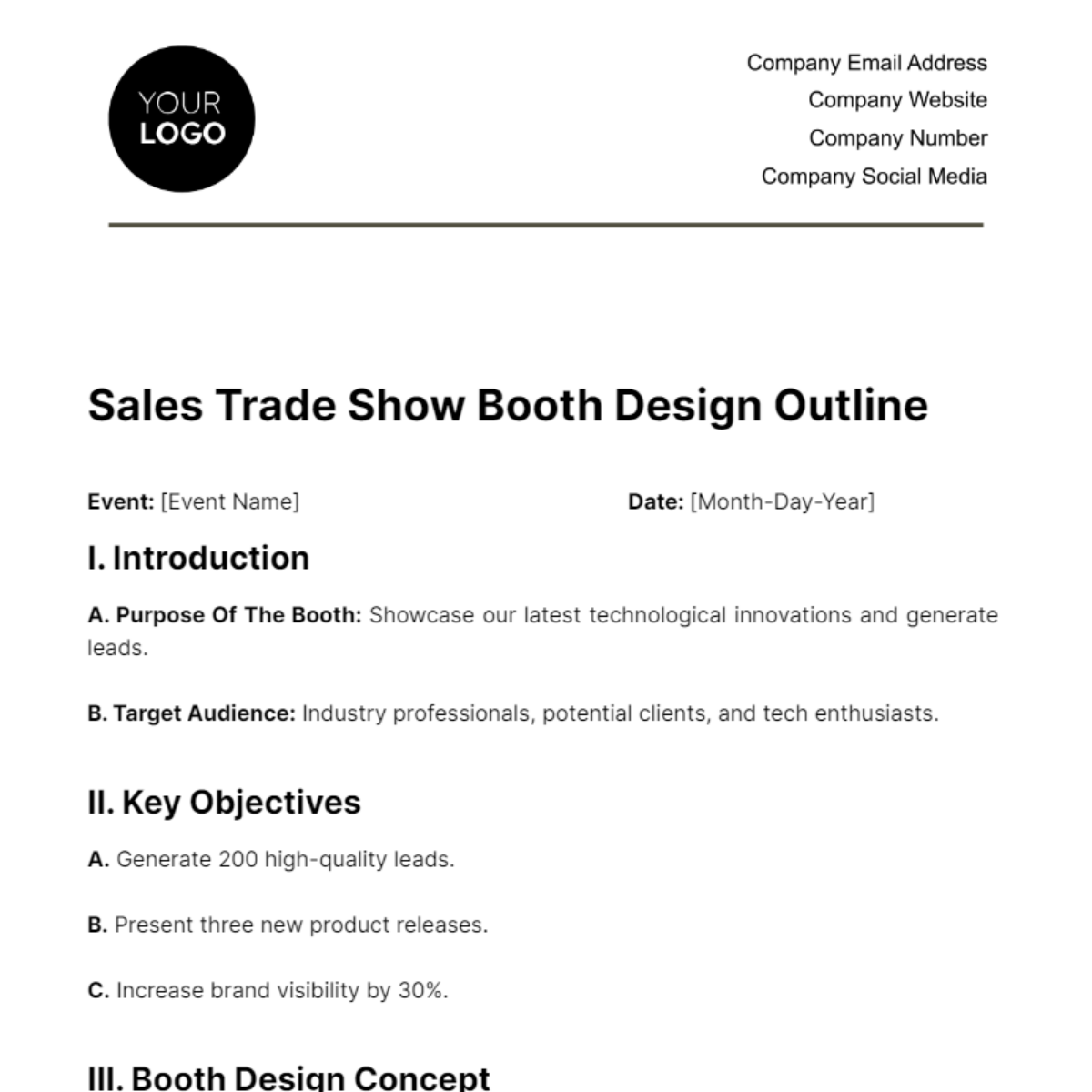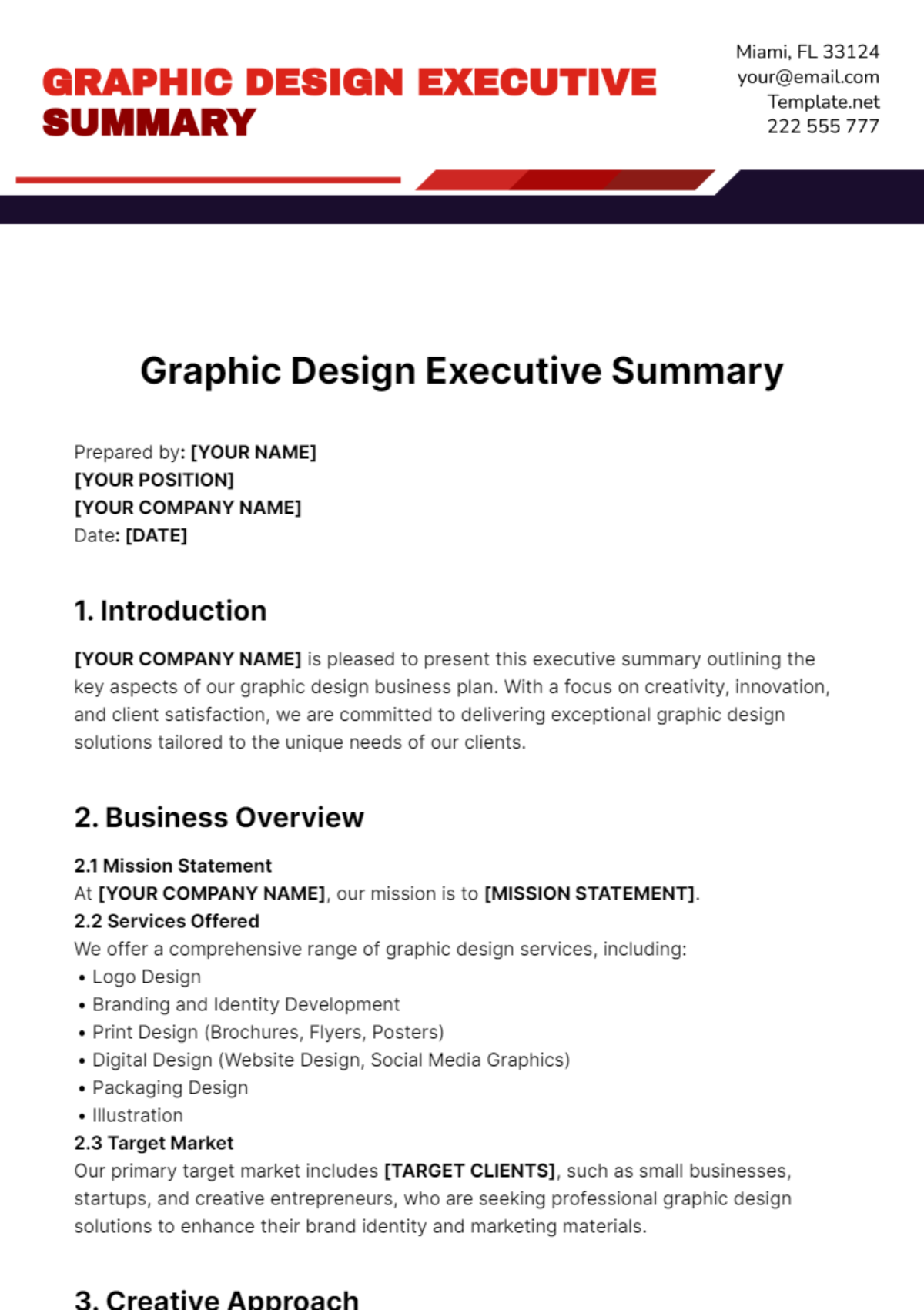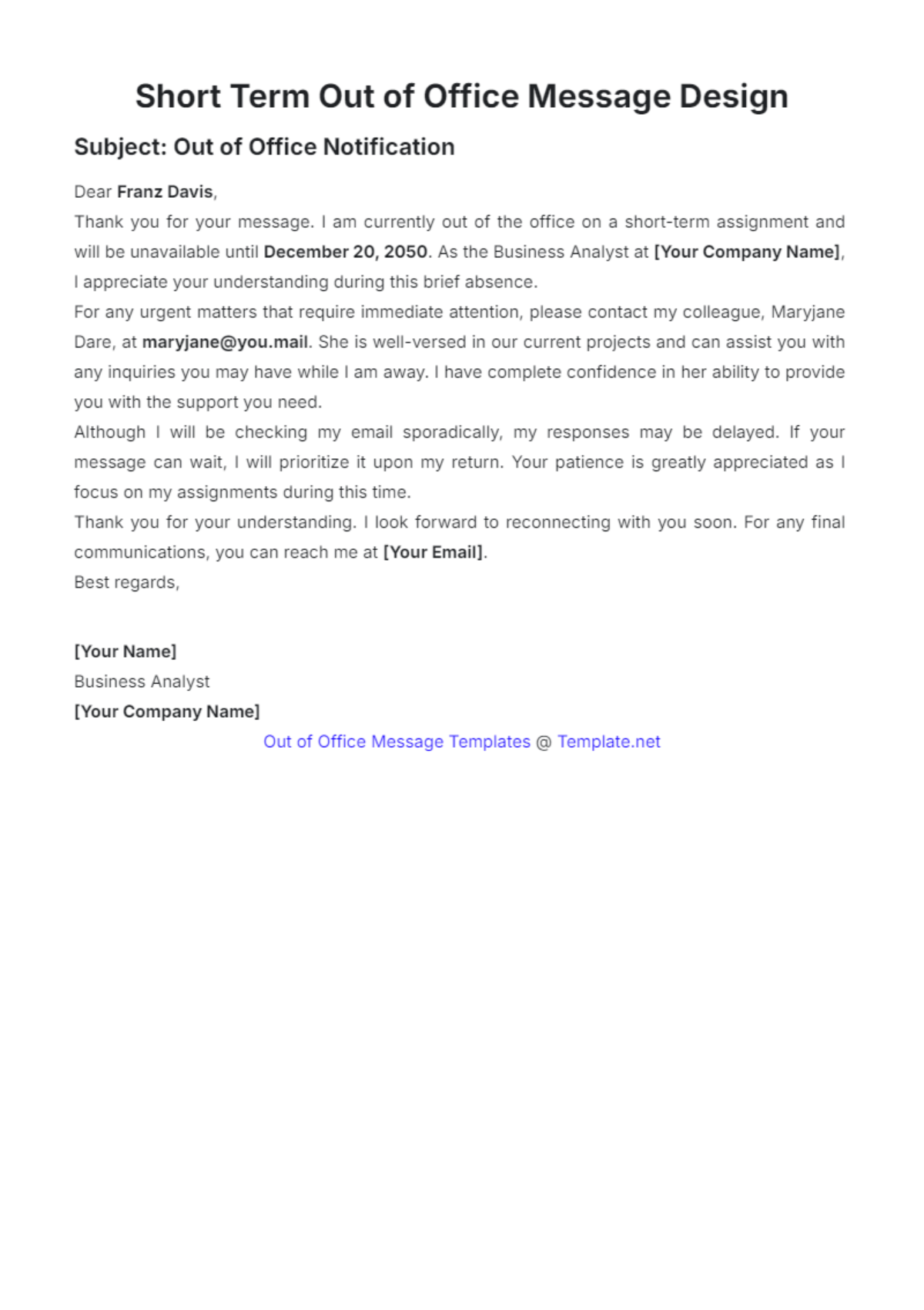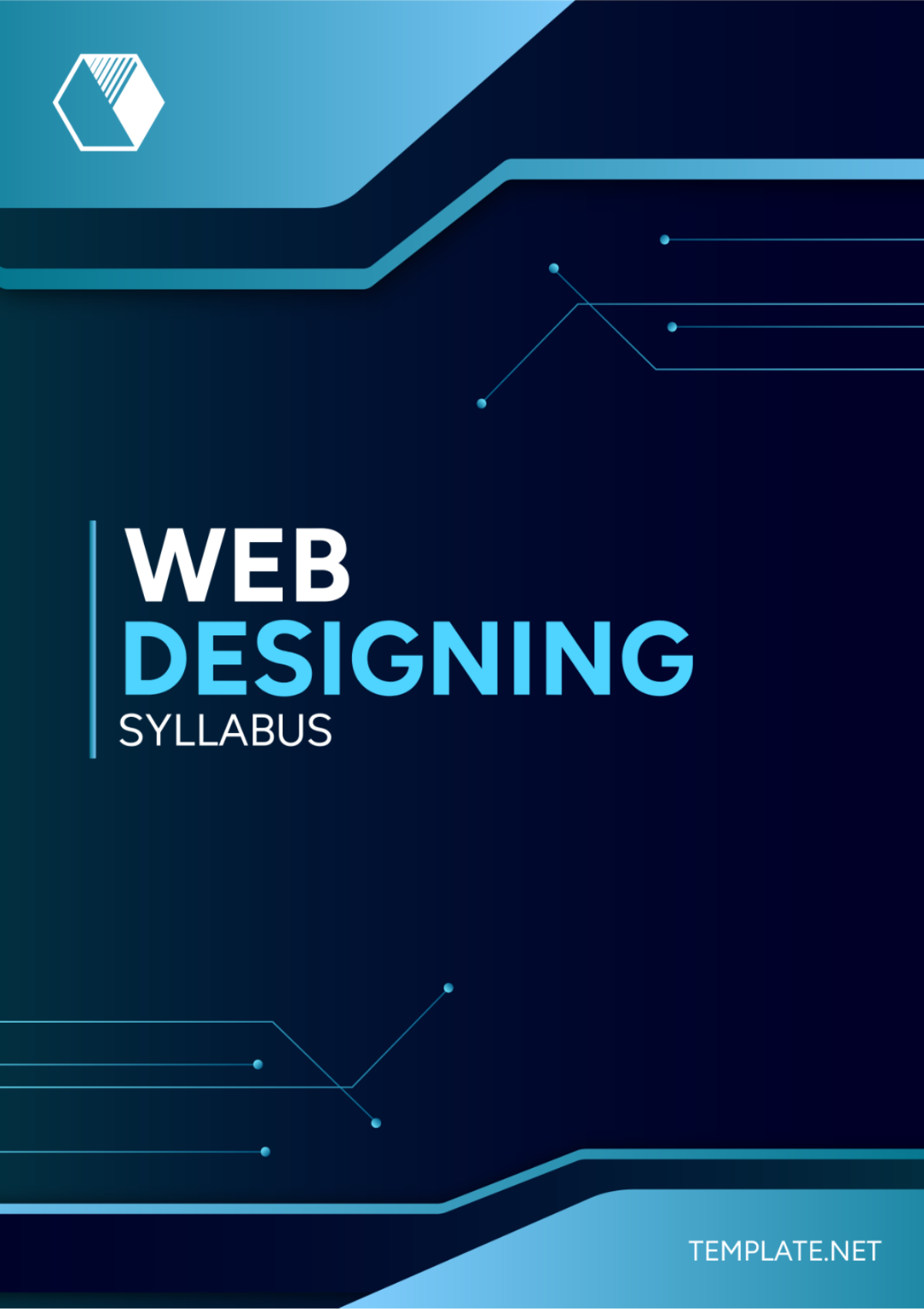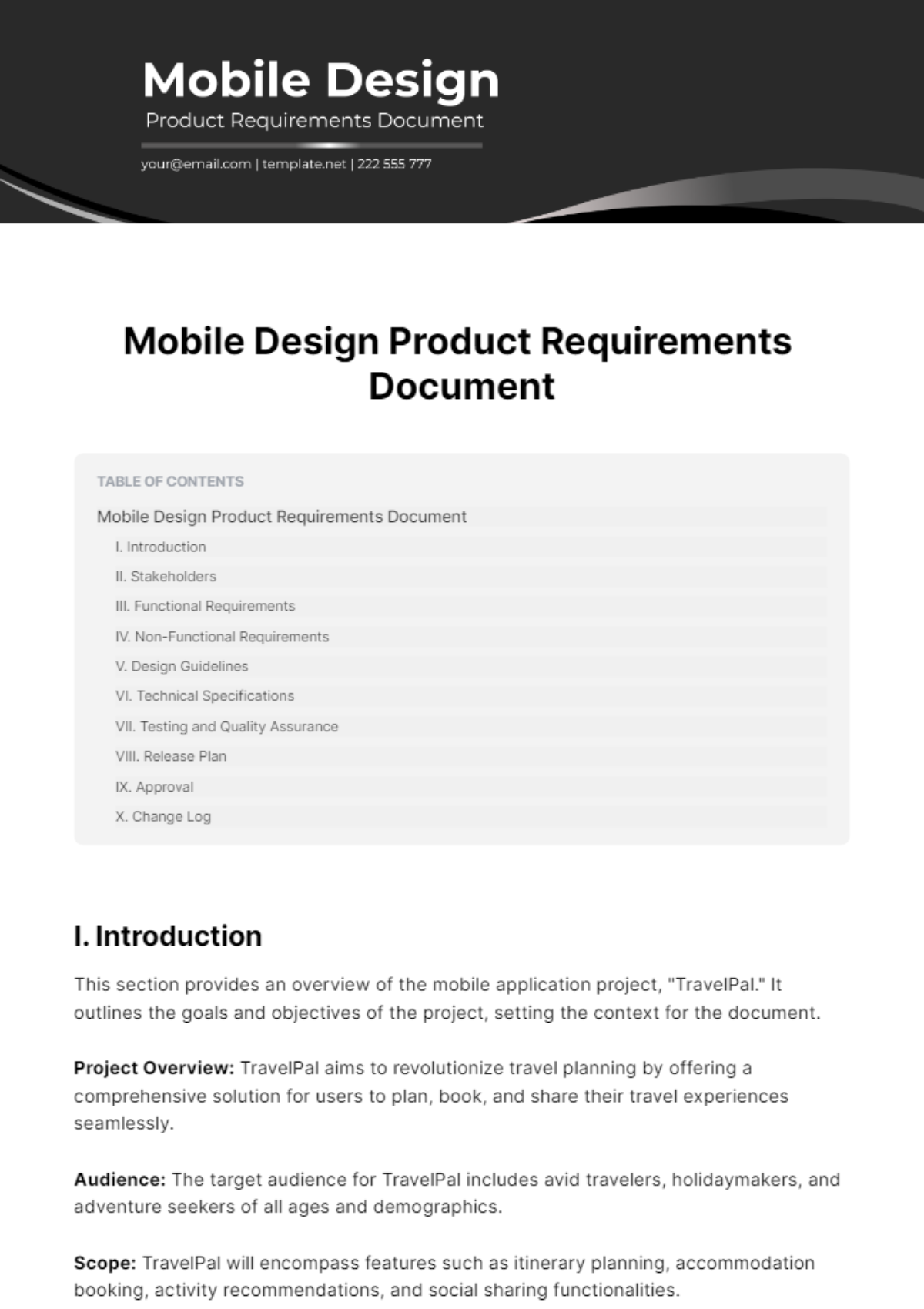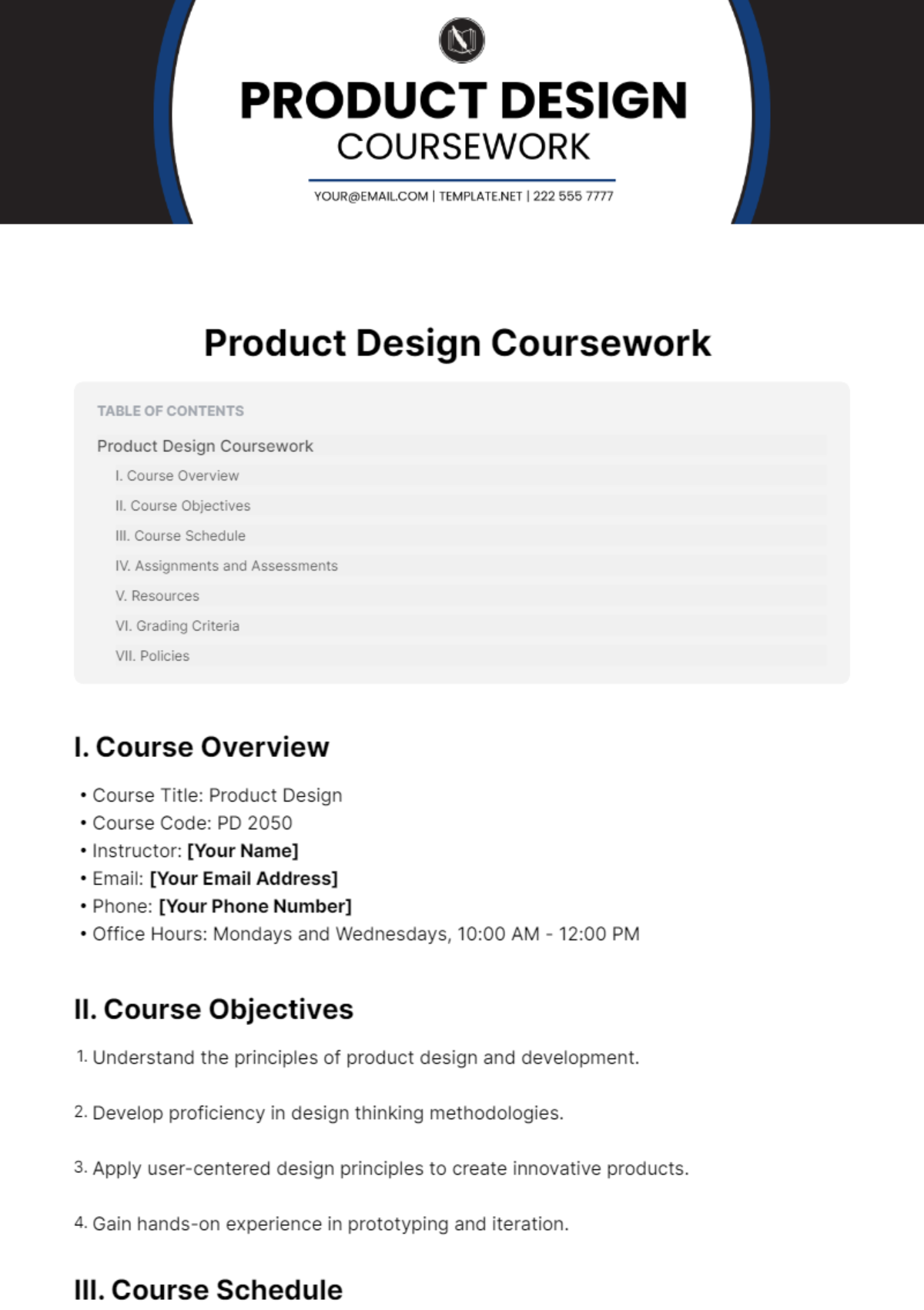Instructional Design Methodology
Prepared by: [Your Name]
Date: [Date]
1. Introduction
1.1 Overview
Instructional Design Methodology is a systematic process used to develop educational and training programs. It involves defining learning objectives, designing instructional materials, implementing the program, and evaluating its effectiveness. This methodology ensures that instructional interventions are well-organized, relevant, and impactful.
1.2 Purpose
The primary purpose of an Instructional Design Methodology is to create effective and efficient learning experiences. This is achieved by:
Aligning instructional materials with specific learning objectives.
Using evidence-based practices to enhance learner engagement and knowledge retention.
Ensuring that the educational content meets the needs of diverse learners.
2. Analysis
2.1 Needs Assessment
The analysis phase begins with identifying the learning needs and gaps. This includes:
Defining the Problem: Understanding the specific issues or skills that need to be addressed.
Gathering Data: Collecting information through surveys, interviews, and performance assessments.
Identifying Stakeholders: Engaging with key stakeholders to understand their expectations and requirements.
2.2 Audience Analysis
Understanding the target audience is crucial for designing effective instruction. This involves:
Demographic Information: Collecting data on age, educational background, and experience levels.
Learning Preferences: Identifying preferred learning styles and modalities.
Skill Levels: Assessing existing knowledge and skills to tailor the content accordingly.
2.3 Context Analysis
Evaluating the context in which the instruction will be delivered ensures relevance and effectiveness. Consider:
Learning Environment: Physical or virtual settings where the instruction will occur.
Technological Requirements: Tools and platforms needed for delivery.
Constraints: Any limitations such as time, resources, or organizational policies.
3. Design
3.1 Learning Objectives
Clearly defined learning objectives guide the design process. They should be:
Specific: Clearly stating what learners will be able to do.
Measurable: Allowing for assessment of achievement.
Achievable: Realistic given the learners’ context and resources.
Relevant: Aligned with overall educational goals.
Time-Bound: Specifying a timeframe for achieving the objectives.
3.2 Instructional Strategies
Design effective strategies to meet the learning objectives. Consider:
Content Delivery Methods: Lectures, discussions, multimedia presentations, or hands-on activities.
Engagement Techniques: Interactive elements like quizzes, group work, or simulations.
Instructional Materials: Textbooks, manuals, online resources, or job aids.
3.3 Assessment Design
Develop assessments to measure learning outcomes and provide feedback. This includes:
Formative Assessments: Continuous evaluations throughout the learning period, such as quizzes and peer reviews.
Summative Assessments: Implement a final project where learners must apply their skills to create a comprehensive project plan.
Evaluation Criteria: Clear rubrics and standards for assessment.
3.4 Sequence and Structure
Organize the instructional content logically and coherently. This involves:
Module Breakdown: Dividing content into manageable units or modules.
Lesson Planning: Outlining individual lessons, including objectives, activities, and assessments.
Flow and Transitions: Ensuring smooth progression from one topic to the next.
4. Development
4.1 Content Creation
Develop the instructional materials based on the design plan. This includes:
Writing Content: Creating text, narratives, and explanations.
Multimedia Development: Designing visuals, videos, and interactive elements.
Resource Integration: Incorporating external resources such as articles, case studies, or tools.
4.2 Prototyping
Create prototypes or pilot versions of the instructional materials to test their effectiveness. Steps include:
Developing Drafts: Producing initial versions of materials.
Testing with a Sample Audience: Conducting trials with a small group of learners.
Gathering Feedback: Collecting input on the prototype’s effectiveness and usability.
4.3 Revision
Based on feedback, revise and refine the instructional materials. Consider:
Adjusting Content: Making changes to improve clarity and relevance.
Improving Usability: Enhancing user experience and accessibility.
Updating Resources: Incorporating new information or tools.
5. Implementation
5.1 Delivery Preparation
Prepare for the delivery of the instructional materials. This includes:
Training Facilitators: Ensuring that instructors or facilitators are well-prepared.
Setting Up Technology: Configuring any required technological tools or platforms.
Preparing Learners: Providing pre-course materials or orientation.
5.2 Instructional Delivery
Deliver the instruction according to the plan. This involves:
Facilitating Learning: Guiding learners through the materials and activities.
Managing Classroom Dynamics: Addressing any issues that arise during delivery.
Providing Support: Offering assistance and resources to learners as needed.
5.3 Monitoring and Adjustment
Monitor the implementation process and make adjustments as necessary. Consider:
Tracking Progress: Monitoring learner engagement and performance.
Addressing Issues: Resolving any problems or challenges that arise.
Collecting Feedback: Gathering input from learners and facilitators.
6. Evaluation
6.1 Formative Evaluation
Conduct ongoing evaluations to assess the effectiveness of the instruction. This includes:
Feedback Collection: Regularly obtaining feedback from learners and stakeholders.
Performance Monitoring: Evaluating learner progress and outcomes.
Adjustments: Making real-time changes based on evaluation data.
6.2 Summative Evaluation
Perform a comprehensive evaluation at the end of the instructional program. This involves:
Assessment Results: Analyzing the results of summative assessments.
Program Review: Evaluating the overall effectiveness of the instructional design.
Impact Analysis: Assessing the impact of the instruction on learner performance and organizational goals.
6.3 Continuous Improvement
Use evaluation findings to inform ongoing improvements. This includes:
Revising Content: Updating and refining instructional materials based on feedback.
Enhancing Strategies: Implementing new strategies or tools to improve effectiveness.
Updating Methodology: Adjusting the instructional design methodology for future projects.
7. Conclusion
7.1 Summary
The Instructional Design Methodology provides a structured approach to creating effective educational and training programs. By following a systematic process of analysis, design, development, implementation, and evaluation, instructional designers can ensure that learning experiences are well-crafted and impactful.
7.2 Future Directions
Continual refinement and adaptation of instructional design methodologies are essential to address emerging trends and technologies in education. Future directions may include incorporating advancements in educational technology, adapting to new learning theories, and addressing evolving learner needs.



